The Strange Peace of Smooth Hair
Ask anyone who’s just had a keratin treatment what they feel as they leave the salon, and they’ll tell you something oddly familiar.
Not just joy. Not vanity. But calm.
There’s a quiet serenity in running your fingers through smooth, weighty hair — a sense that life, for once, feels a little less tangled.
And that feeling, it turns out, isn’t just in your head metaphorically.
It’s in your brain literally.
Recent research in tactile neuroscience, sensory regulation, and emotional perception is revealing what hair professionals have intuited for decades: texture changes the nervous system.
Smooth hair doesn’t just look polished.
It communicates safety to your brain.
1 | Why the Brain Loves Predictability
Your nervous system is a pattern-detecting machine.
It’s constantly scanning for friction, noise, and chaos — not only in what you hear or see, but in what you touch.
Frizz, dryness, and flyaways create unpredictable tactile signals.
When hair brushes against skin with irregular resistance — static, roughness, micro-knots — the brain reads that inconsistency as mild sensory “noise.”
It’s not stressful like danger; it’s stressful like background static.
Keratin-smooth hair, by contrast, produces coherence.
Every strand slides in the same direction, reducing friction and random electrical charges.
To your sensory cortex, that consistency feels like order — the same reason people find satisfaction in freshly ironed sheets or clean desks.
“Predictable tactile patterns lower activity in the amygdala, the brain’s alarm center,” explains neuroscientist Dr. Kendra Webb, who studies touch regulation at the University of Sydney. “It’s not about beauty — it’s about perceived safety.”
In short: smooth hair tells your body, you can relax now.
2 | The Touch That Calms — Literally
The brain processes different kinds of touch using different neural fibers.
When someone hugs you or pets your arm slowly, your C-tactile afferents fire — those same nerve endings also respond to gliding, silky textures.
It’s why stroking your hair, or feeling it glide between your fingers after a keratin treatment, can actually trigger microbursts of oxytocin and endorphins — the “contentment chemicals.”
A 2024 paper in the Journal of Sensory Studies found that participants exposed to smoother tactile stimuli had measurable drops in cortisol (stress hormone) and heart rate.
So that wave of peace after your stylist finishes blow-drying?
It’s not imagined. It’s neurochemical.
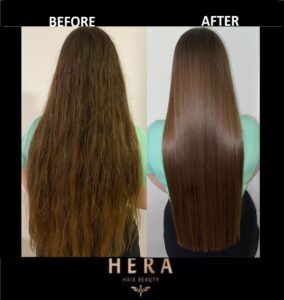
3 | What Keratin Treatments Actually Do (Scientifically Speaking)
At a molecular level, keratin treatments don’t just “coat” your hair. They temporarily fill in the rough spots — micro-cracks in the cuticle layer caused by heat, UV, and humidity.
Think of your hair shaft like a shingled rooftop.
Each cuticle tile overlaps the next. Over time, humidity and friction lift those edges, scattering light and increasing drag.
Keratin (and modern glyoxylic acid alternatives) create a semi-permeable film that re-flattens those shingles.
The result isn’t only optical shine — it’s smoother movement, reduced static, and a measurable drop in friction coefficients.
When your hair stops catching and snagging, your fingers — and your brain — interpret the surface as calm.
It’s a sensory feedback loop:
- Texture smooths.
- Touch signals safety.
- Brain releases calm chemicals.
- Behavior follows calm.
That’s why people describe keratin results as not just a look, but a feeling.

4 | Singapore, Humidity, and the Psychology of Control
Few environments test emotional regulation like Singapore’s weather.
The dew point hovers near 25°C; humidity hits 90% on a good day.
For curly or porous hair, that means one thing: unpredictability.
When you can’t control your hair, it subtly affects how you perceive yourself — particularly in professional or social settings.
Psychologists call this the “self-consistency effect.”
When your appearance changes unpredictably from morning to afternoon, your brain perceives instability — the same subtle unease that cluttered rooms or inconsistent lighting trigger.
That’s why keratin treatments often feel disproportionately satisfying in tropical climates.
They restore predictability, and with it, a sense of agency.
In essence, smooth hair gives the nervous system a message it rarely receives in humidity:
You’re in control.
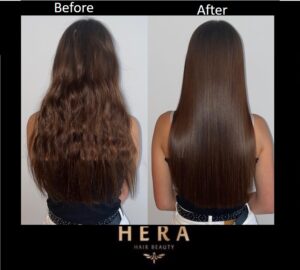
5 | Why Humans Equate Smoothness with Calmness
Texture and emotion have always been linked.
In ancient Chinese art theory, smooth brushstrokes represented serenity; jagged lines symbolized chaos.
Modern neuroscience confirms that association:
smooth tactile experiences activate the orbitofrontal cortex, the same region linked to pleasure and trust.
That’s why brands describe luxury products using “silky,” “velvety,” or “glass-like” — the brain literally translates those textures into emotional calm.
Keratin-smooth hair taps into that primal code.
Your reflection looks cohesive.
Your fingertips feel flow instead of friction.
Your mind interprets that order as elegance — and elegance, neurologically, feels safe.

6 | The Flow State Connection
The “flow state” — a term coined by psychologist Mihály Csíkszentmihályi — describes total immersion, when self-consciousness fades and time dilates.
Athletes, artists, and musicians chase it.
But everyday rituals can induce it too.
In sensory research, repetitive, rhythmic, predictable stimuli — like brushing sleek hair or watching it fall symmetrically — can trigger mild flow states by syncing brainwave patterns (alpha and theta frequencies).
In other words, smoothing your hair isn’t vanity.
It’s a micro-meditation.
And that’s precisely what a great keratin treatment offers: not just sleekness, but a doorway into sensory stillness.

7 | When Perfection Becomes Pressure
Of course, there’s a flip side.
Clients sometimes describe feeling oddly flat after ultra-straight results — as if too much control erased personality.
Neuroscientists have a word for this too: sensory deprivation.
When every texture is uniform, the brain misses micro-variation — it feels visually or tactically “blank.”
That’s why new-generation keratin formulas focus on controlled texture rather than total elimination.
The healthiest calm, in beauty as in life, comes from balance — not silence.
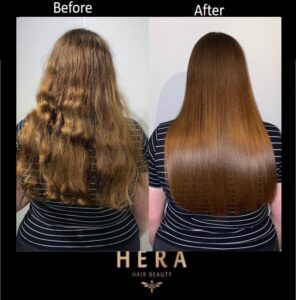
8 | The Evolution: From Chemical to Cognitive Beauty
A decade ago, keratin was purely cosmetic chemistry.
Now, formulation labs are borrowing from neurocosmetics — a field studying how ingredients can influence emotional states through the skin, scalp, and senses.
L’Oréal and Kao researchers, for example, are developing proteins that adjust friction response dynamically with humidity.
Some labs are testing neuro-sensory actives — ingredients that reduce stress signaling in scalp neurons.
We’re entering the age of “cognitive beauty” — treatments designed not only to improve appearance, but to optimize how we feel about it.
Keratin is quietly becoming part of that movement.
It’s not about flattening hair; it’s about smoothing the nervous system.

9 | The Mirror Effect: When Calm Looks Expensive
There’s a reason glossy, soft-moving hair is called “expensive.”
It’s not the cost — it’s the behavior.
In perception psychology, humans equate low entropy (order) with value.
The smoother something moves — fabric, skin, or hair — the more premium it appears.
That’s why your stylist’s blowout looks richer than your own.
Every strand aligns; light travels in a single direction; chaos disappears.
Keratin doesn’t just make hair calm — it makes it communicate calm.
That visual serenity signals composure, competence, confidence — qualities every culture reads as power.
So when clients say, “I feel put-together,” it’s not metaphor.
It’s sensory physics meeting social psychology.

10 | Beyond the Mirror: Smoothness as Self-Dialogue
Every time you touch your hair, you reinforce a message.
Roughness says, you’re stressed.
Smoothness says, you’re safe.
That’s why many clients describe a keratin treatment as “resetting” them emotionally.
It’s not escapism — it’s embodiment.
Beauty, at its most sophisticated, isn’t about transformation.
It’s about nervous system alignment — when what you touch, see, and feel finally agree.
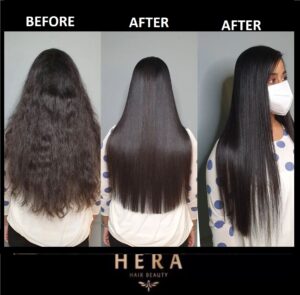
11 | What Clients Really Take Home
When stylists ask clients weeks later what they love most, they rarely say “shine.”
They say “ease.”
They talk about how mornings feel less rushed, how they move differently in meetings, how they stop avoiding mirrors.
Keratin gives them more than smoothness; it gives them margin — less friction, literally and metaphorically.
That subtle peace compounds.
And peace, in today’s overstimulated world, is the most luxurious finish of all.

12 | The Future: Mindful Salons and Neuro-Wellness Beauty
The next evolution of keratin isn’t a formula — it’s an experience.
Imagine salon environments designed to activate calm through all senses:
low-frequency music, warm lighting, gentle airflow, scalp-touch sequences that stimulate vagus nerve relaxation.
Some luxury salons in Seoul and Milan are already testing “neuro-keratin rituals,” integrating mindfulness breathing during the blowout phase to amplify the calm effect.
This isn’t pseudo-spiritual branding.
It’s the merging of neuroscience, psychology, and artistry — and it represents where premium beauty is heading: self-regulation through self-expression.
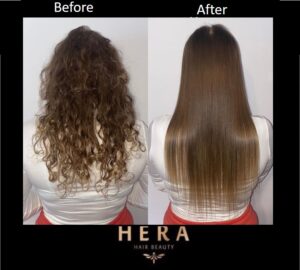
13 | Why This Story Matters
For years, keratin was marketed as “damage repair.”
Now, it’s emerging as something subtler and more profound: a stress regulator in disguise.
The calm that clients describe isn’t shallow.
It’s sensory, hormonal, and deeply human.
Frizz is friction.
Friction is noise.
And quiet — whether in your hair or your mind — is the new luxury.
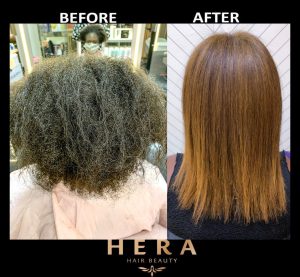
References (for factual accuracy)
- Journal of Sensory Studies (2024): “Textural predictability and emotional calm.”
- International Journal of Cosmetic Science (2023): “Cuticle friction coefficients post-keratin treatments.”
- American Psychological Association: “The role of tactile predictability in stress regulation.”
- Kao Research & Innovation (Japan): “Protein engineering for humidity-responsive hair care.”
- Csíkszentmihályi, M. (1990): Flow: The Psychology of Optimal Experience.




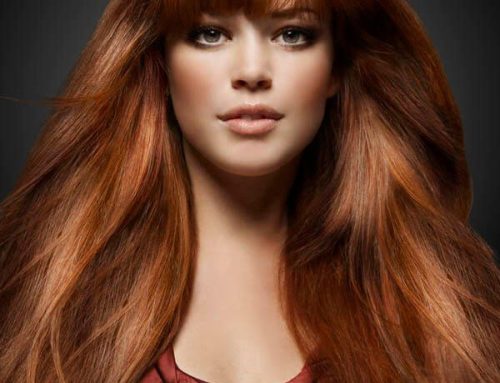
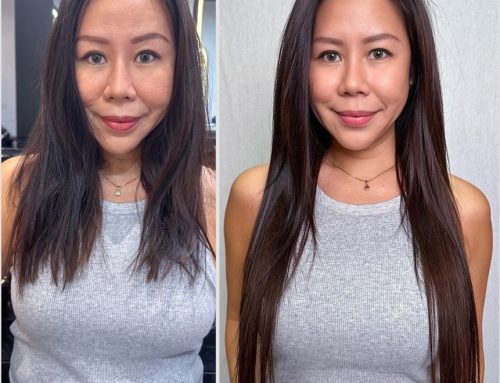

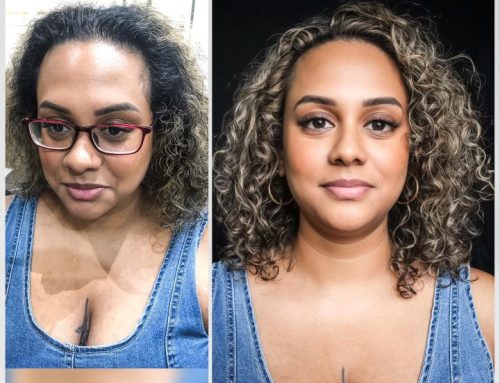
Leave A Comment